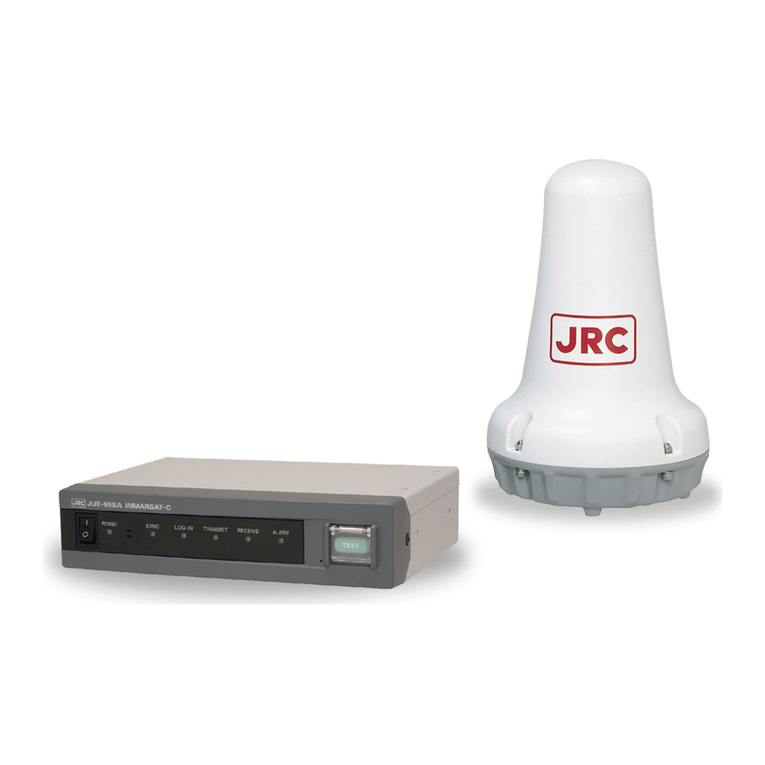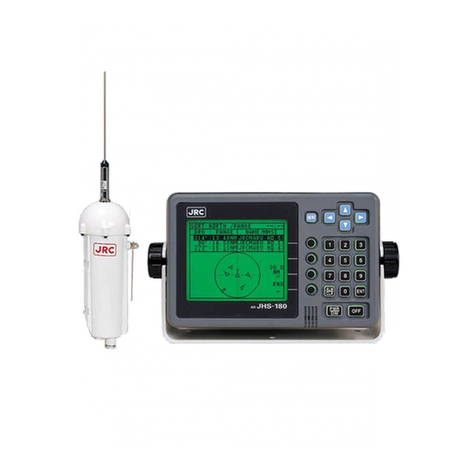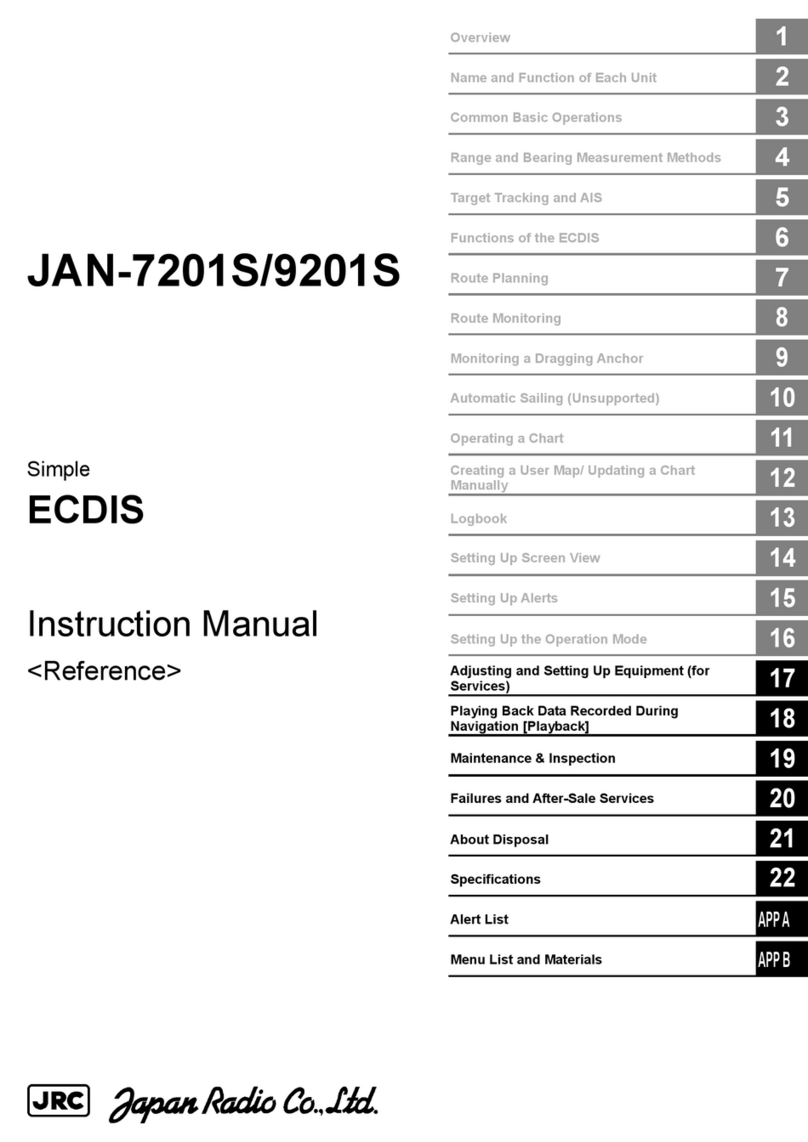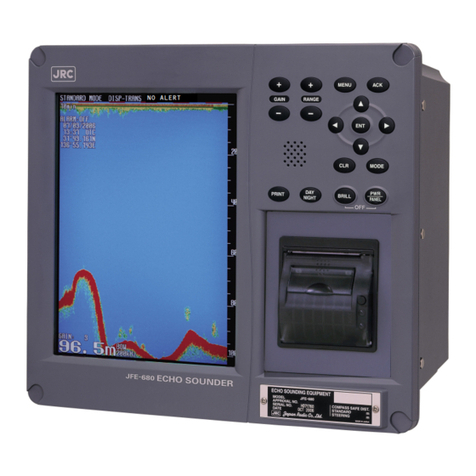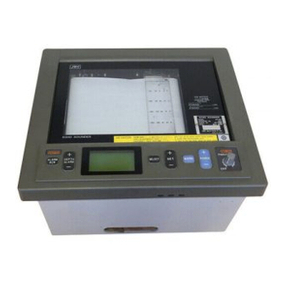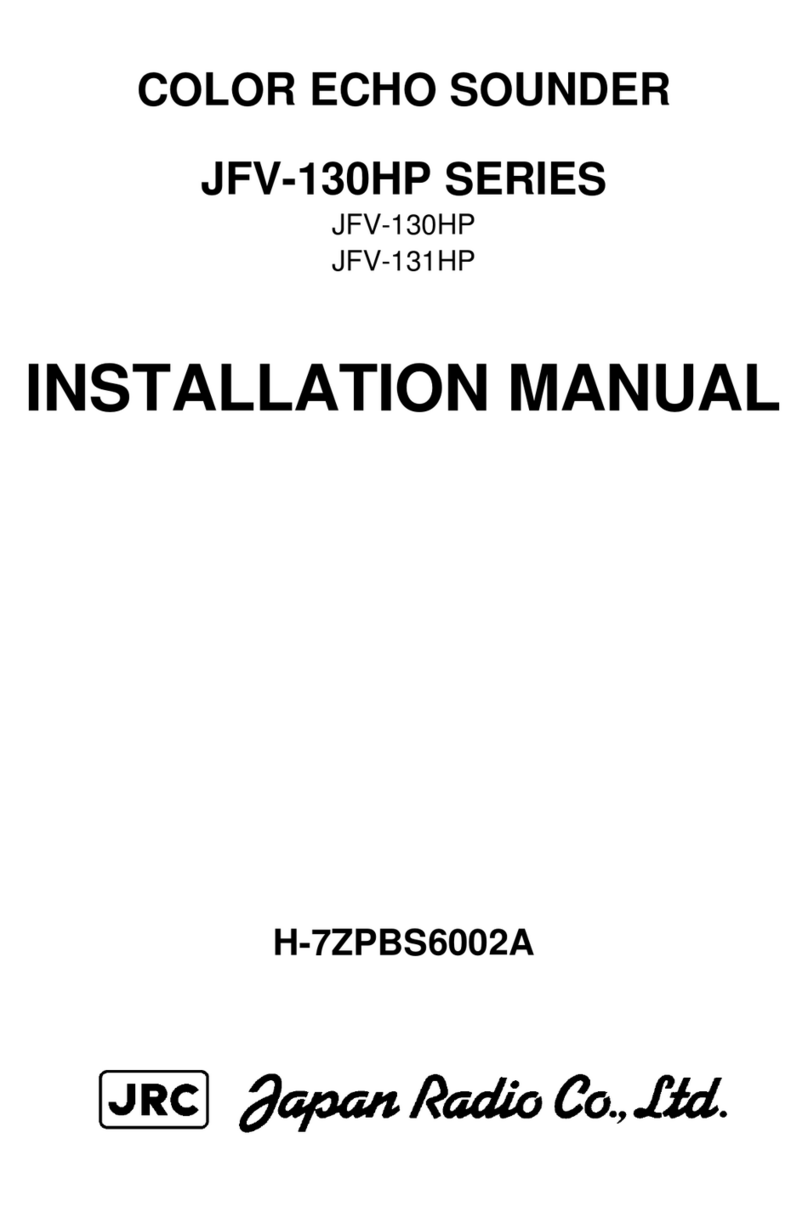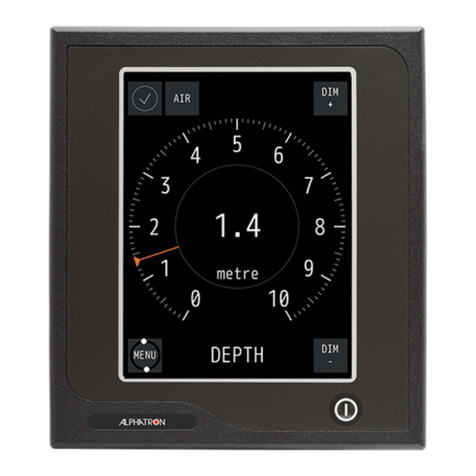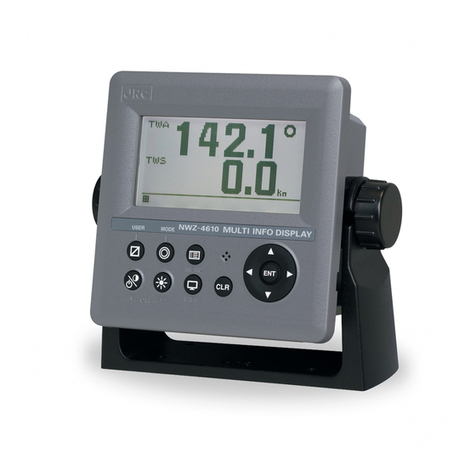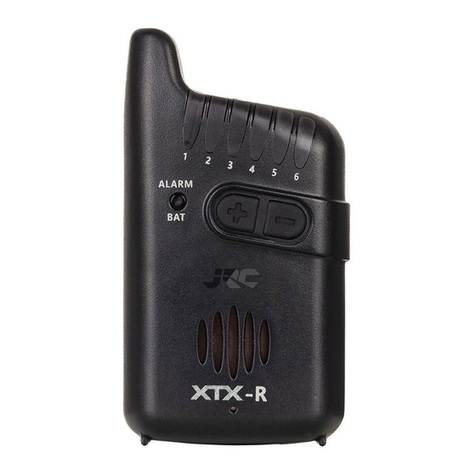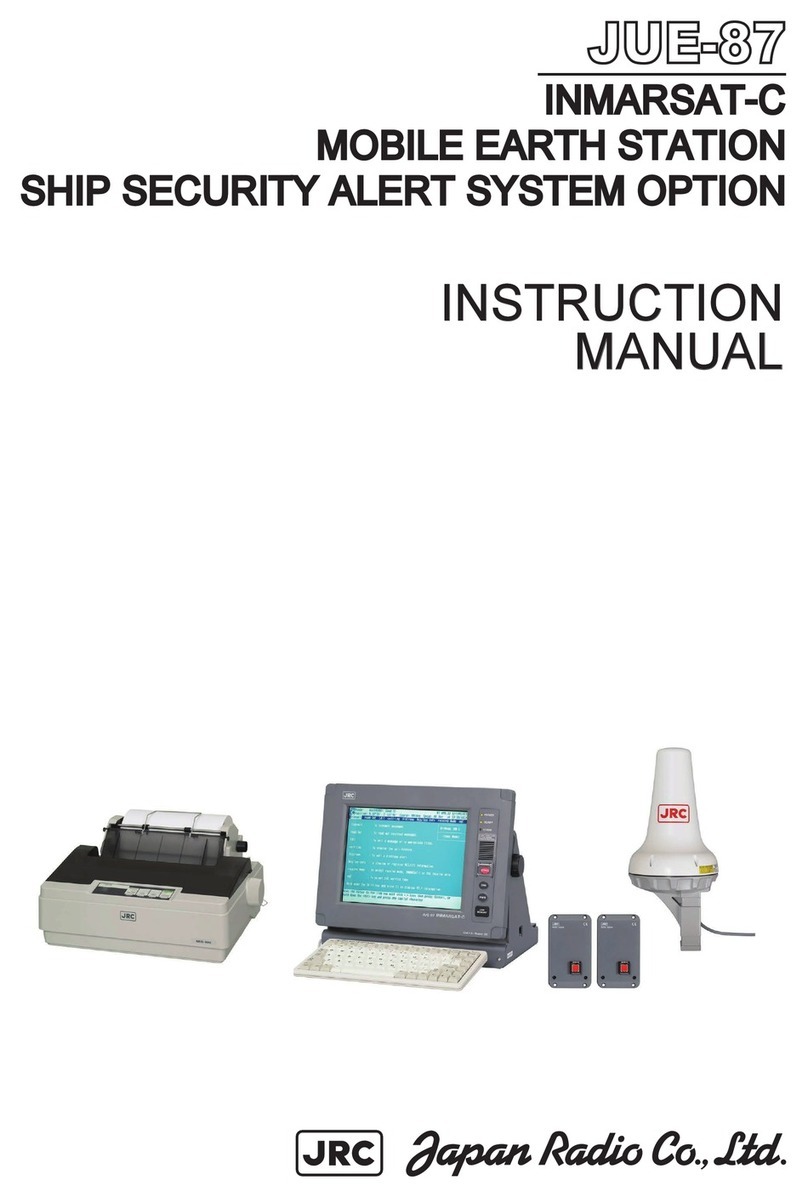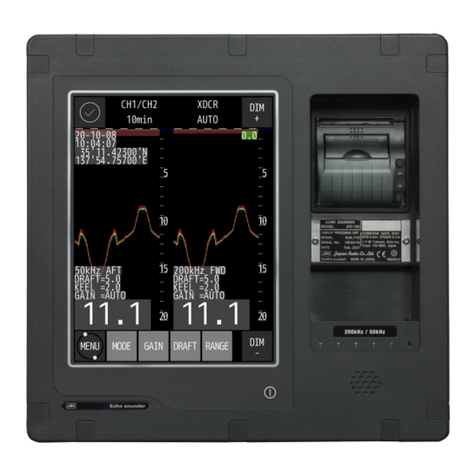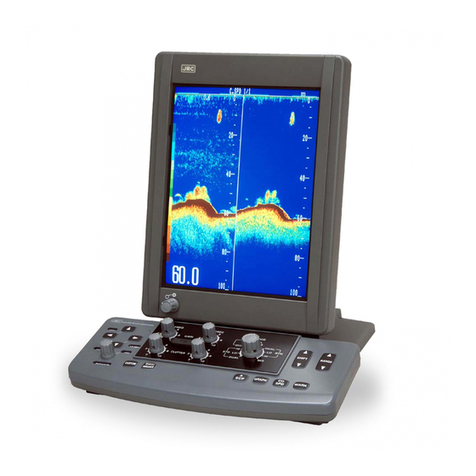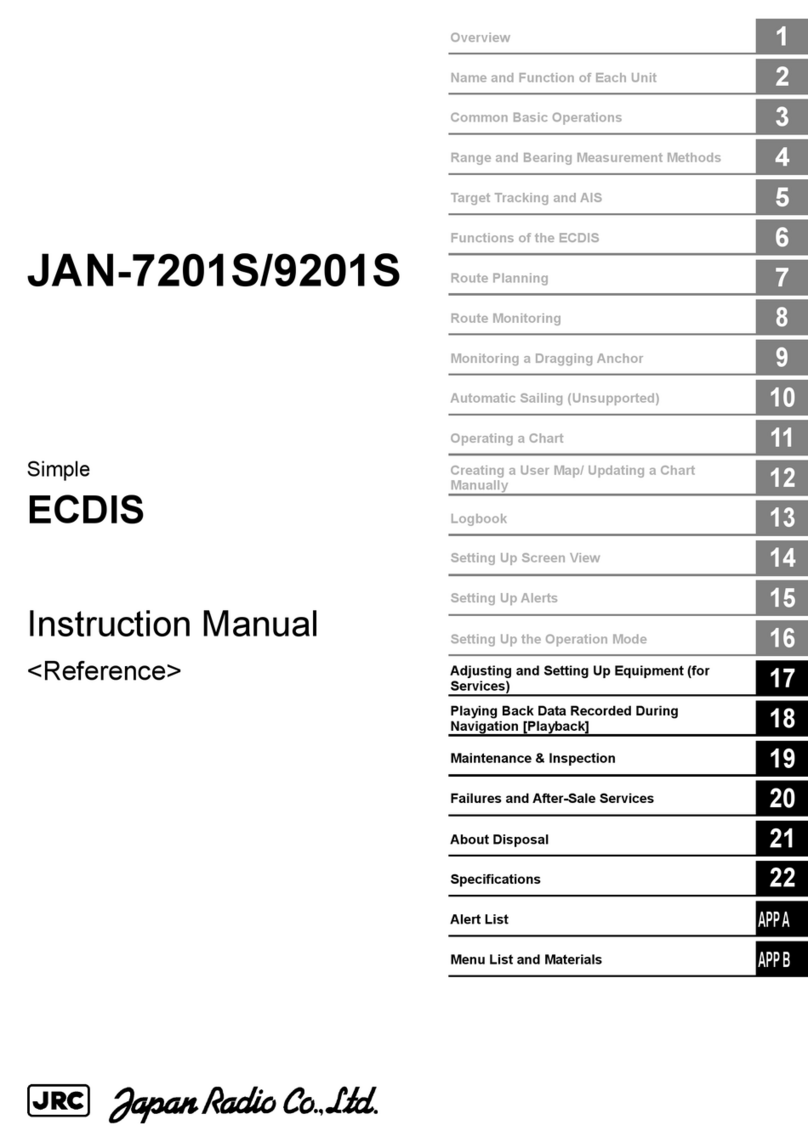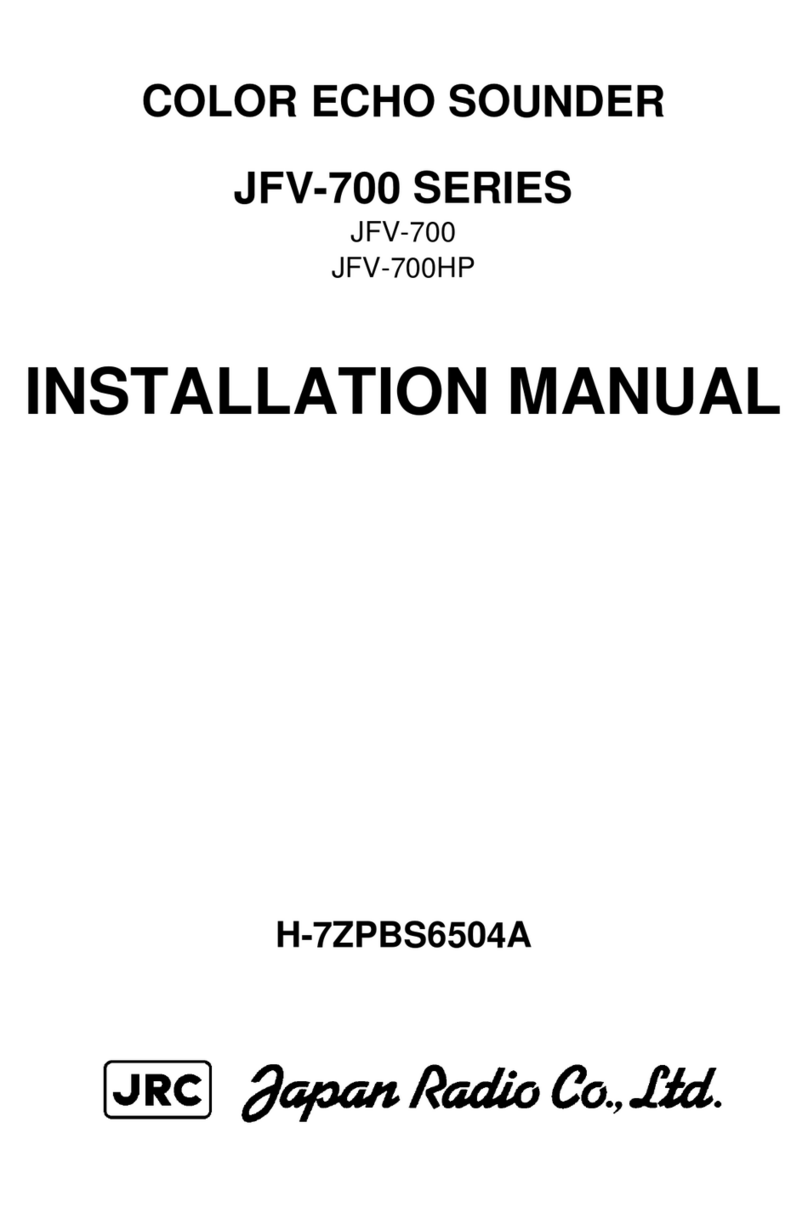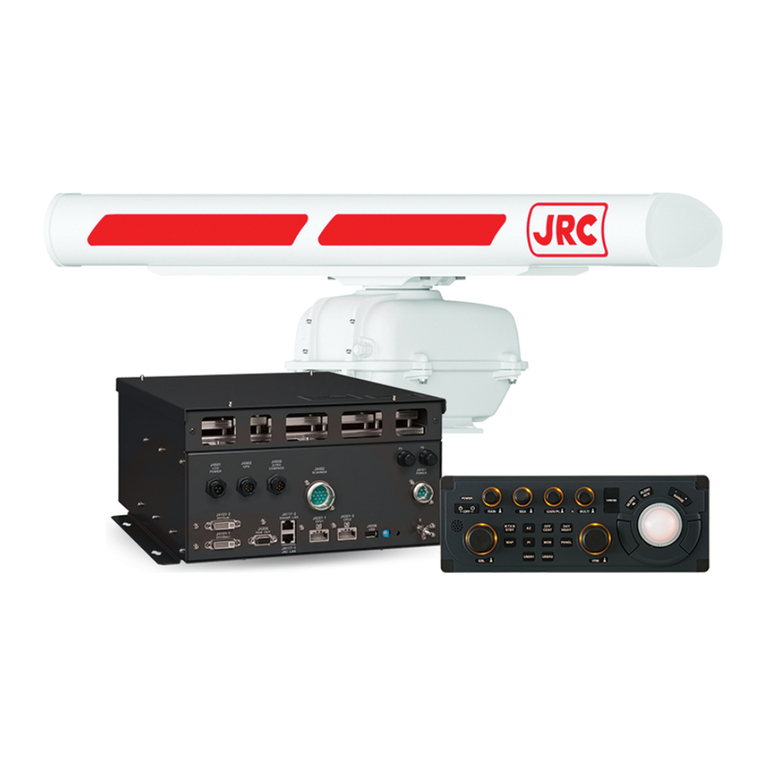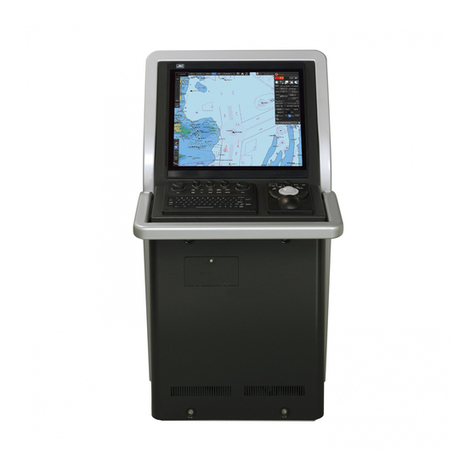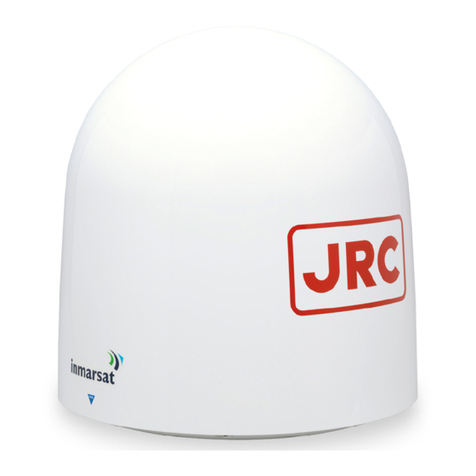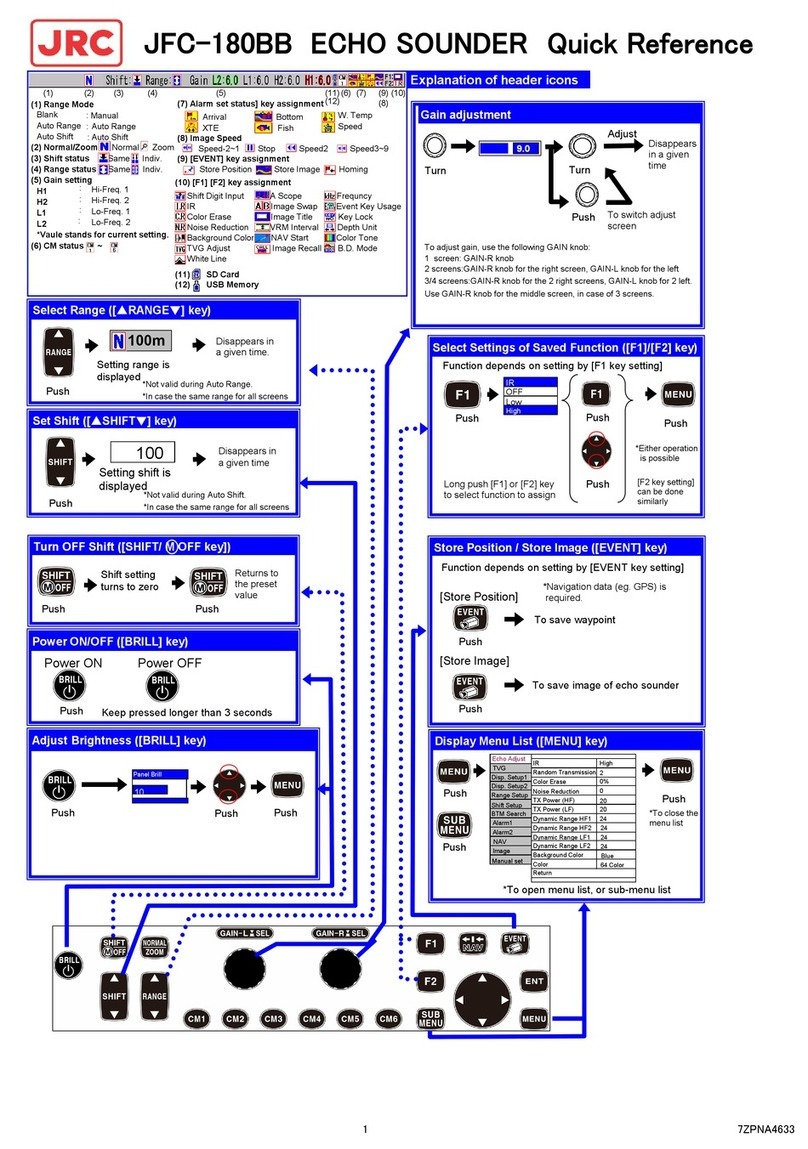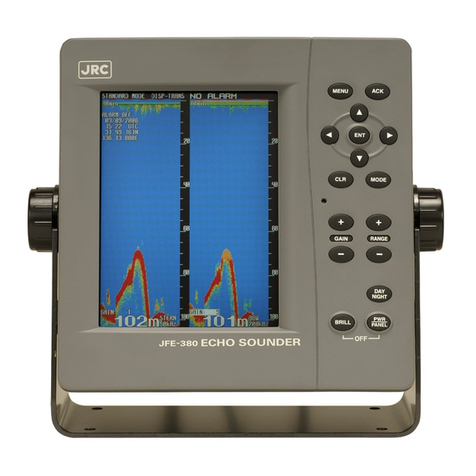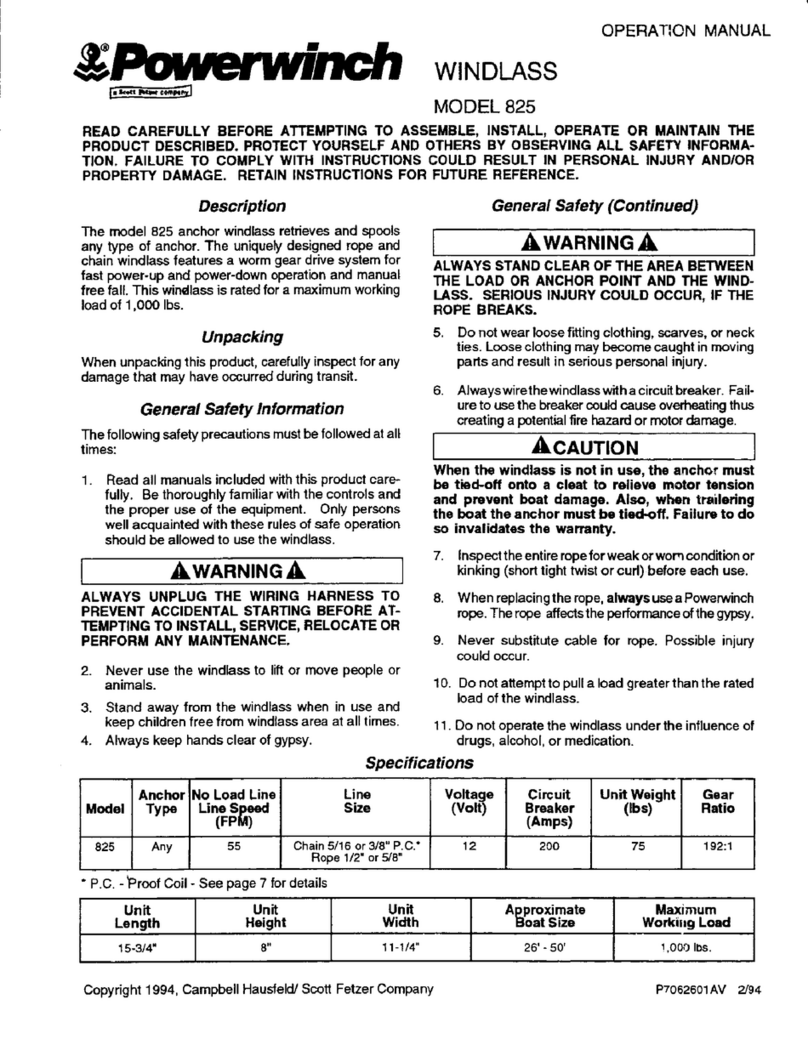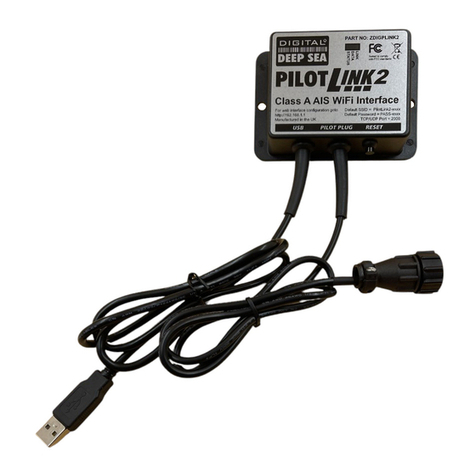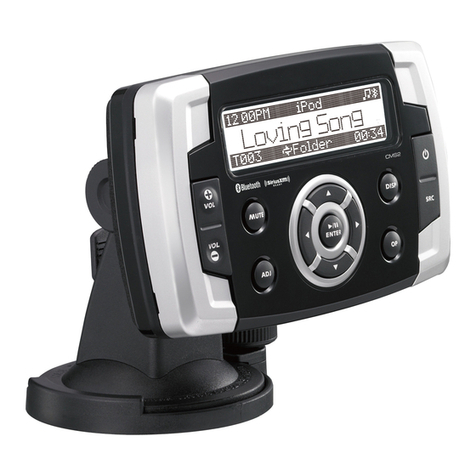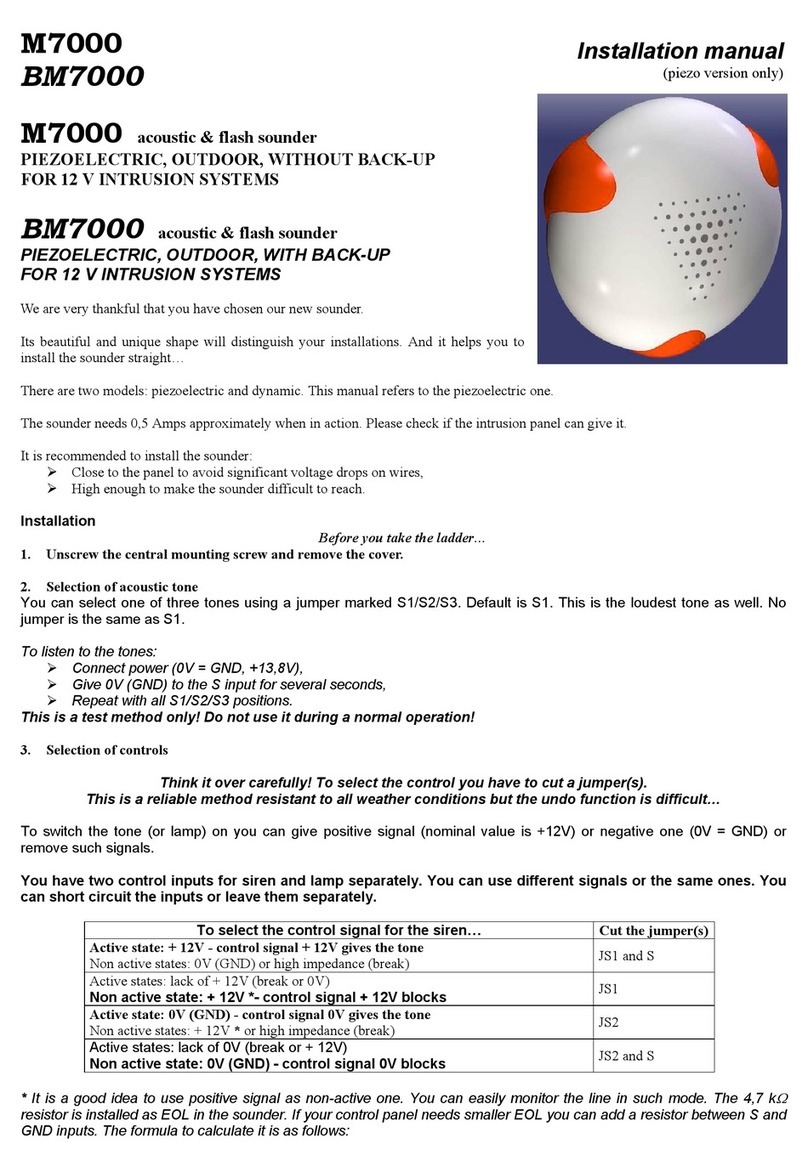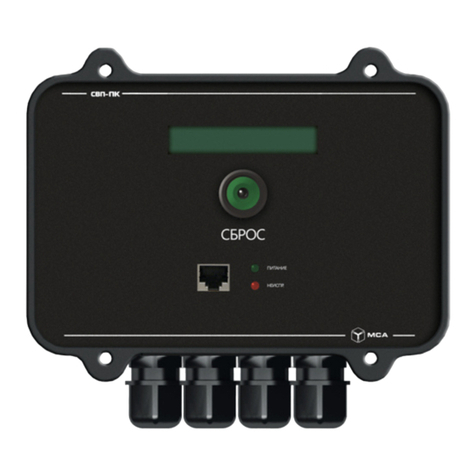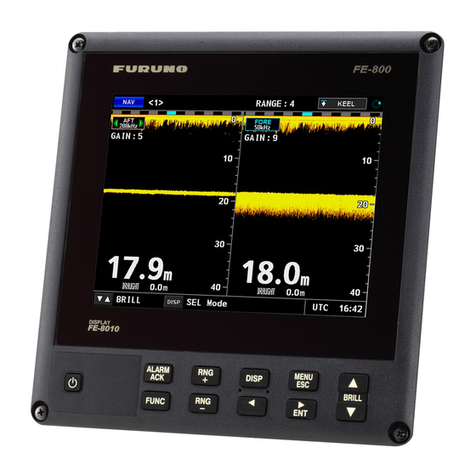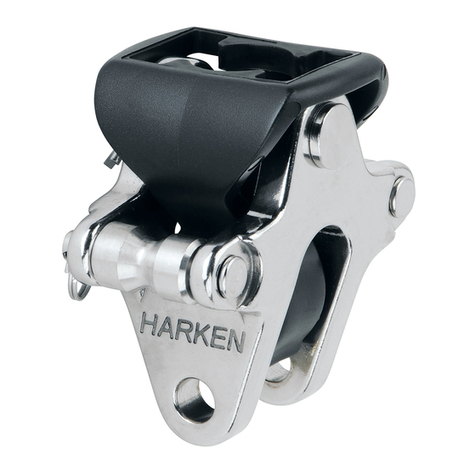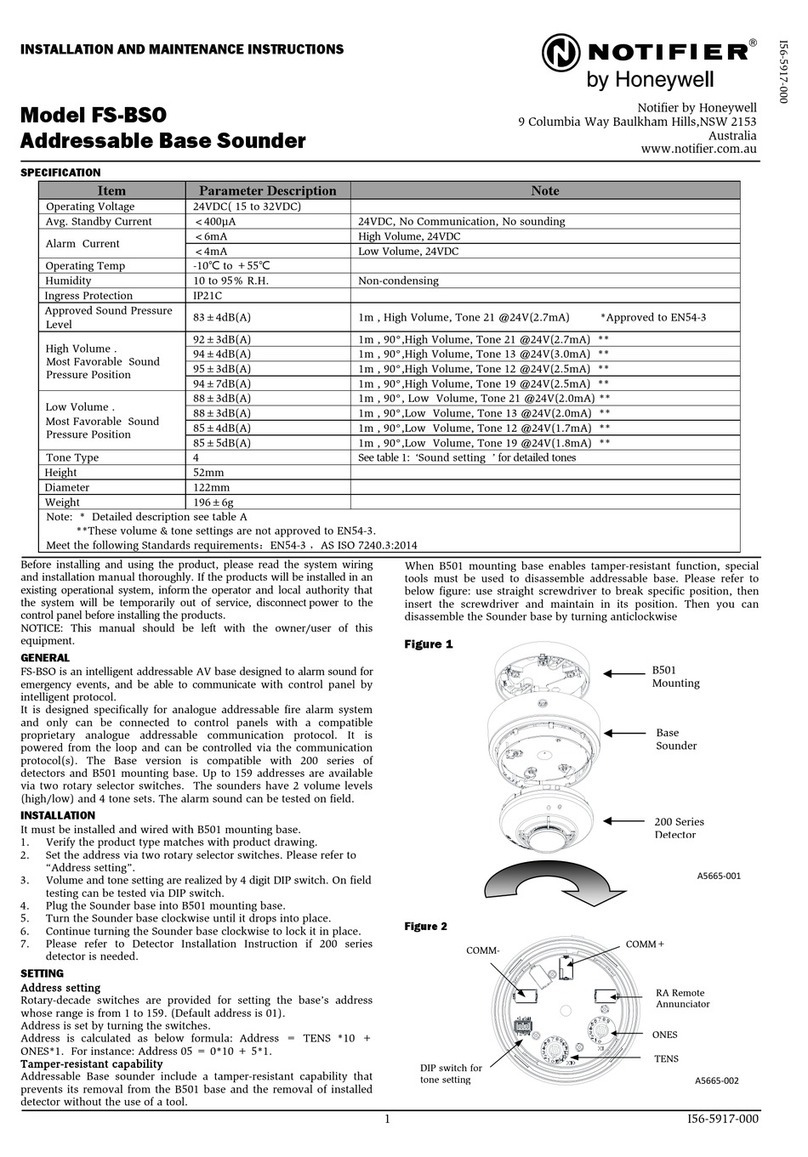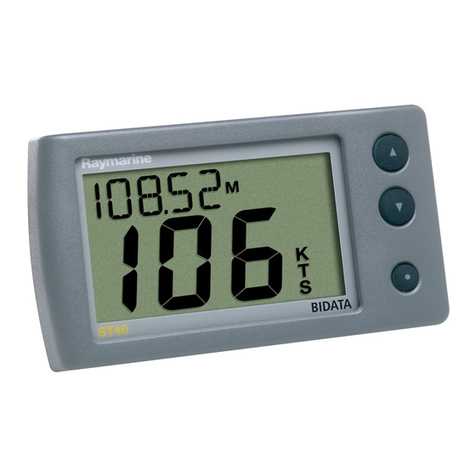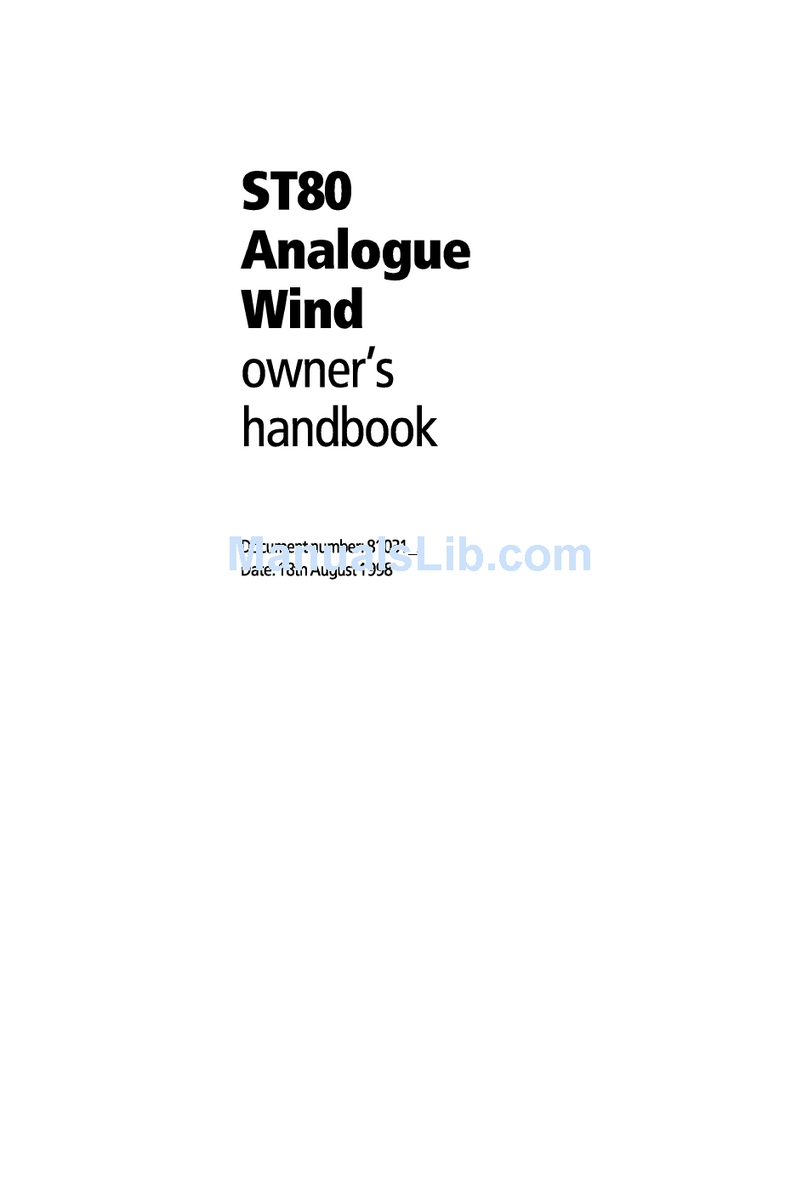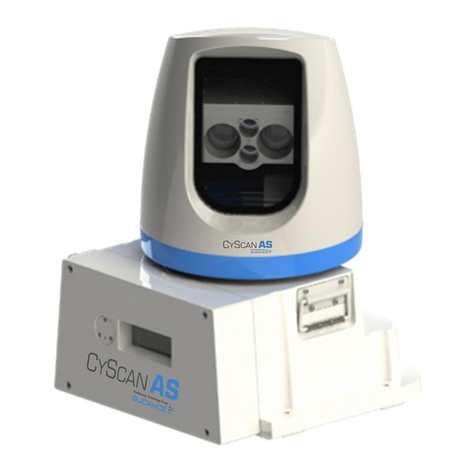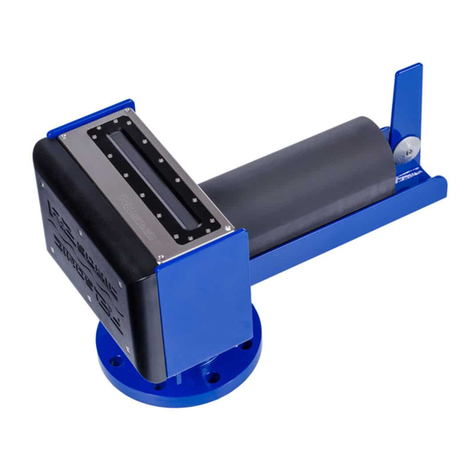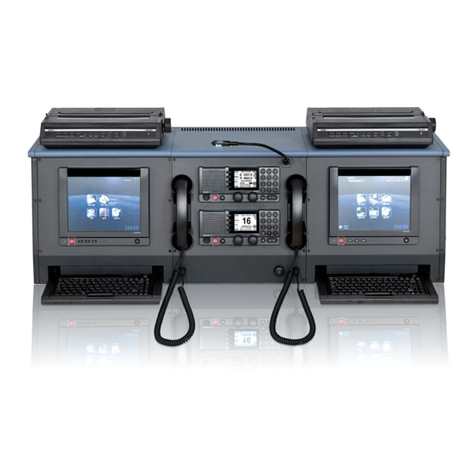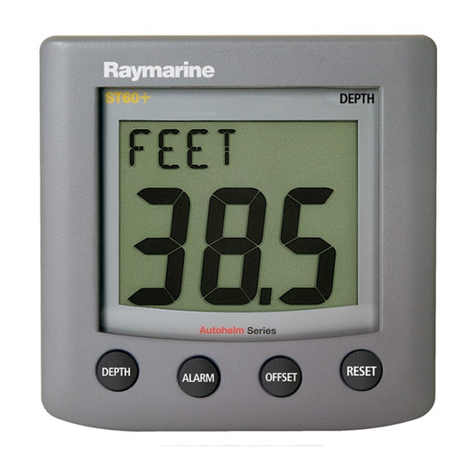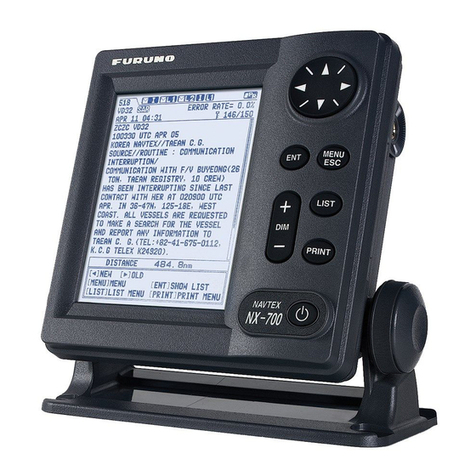
v
Preface
Thank you for choosing the Model JRC JHS-770S/780D Marine VHF Radiotelephone. This
radiotelephone can be used as a Global Maritime Distress and Safety System (GMDSS) radio
device, compliant with international regulations, that provides emergency communications and
standard communications capabilities for small and large ships.
●Please read this instruction manual thoroughly before using the JHS-770S/780D Marine VHF
Radiotelephone, and use it in accordance with the instructions contained herein.
●Please keep this manual available for future reference. Please refer to it if any difficulties
are encountered when using the equipment.
FCC Warning
Changes or modifications not expressly approved by JRC, could void your
authority to operate this radiotelephone.
Radio Frequency Interference Statement
This radiotelephone has been tested and found to comply with the limits for a
Class A digital device, pursuant to part 15 of the FCC Rules. These limits
are designed to provide reasonable protection against harmful interference
when the equipment is operated in a commercial environment. This
radiotelephone generates, uses, and can radiate radio frequency energy and,
if not installed and used in accordance with the instruction manual, may
cause harmful interference to radio communications. Operation of this
radiotelephone in a residential area is likely to cause harmful interference in
which case the user will be required to correct the interference at his own
expense.
RF exposure compliance (MPE* compliance by FCC)
The antenna used for this transmitter must be installed to
provide a separation distance of at least 0.9 meters (3 feet)
from all persons and must not be co-located or operating in
conjunction with any other antenna or transmitter. Users
and installers must be provided with antenna installation
instructions and transmitting operating conditions for
satisfying RF exposure compliance.
* Maximum Permissible Exposure (MPE): The rms and peak electric
and magnetic field strength, their squares, or the plane-wave
equivalent power densities associated with these fields to which a
person may be exposed without harmful effect and with an acceptable
safety factor.
